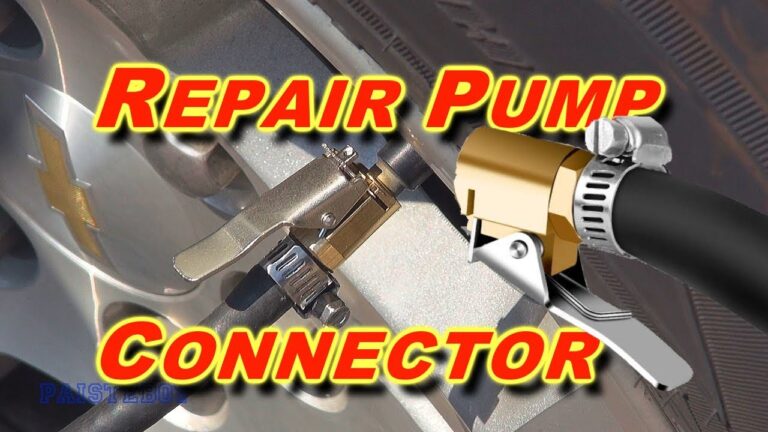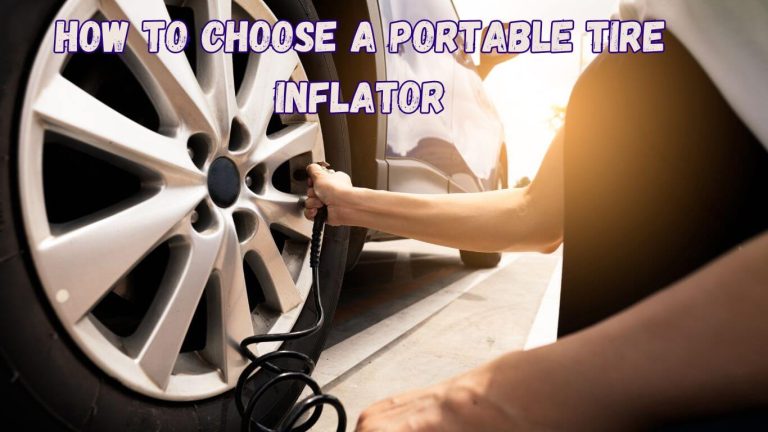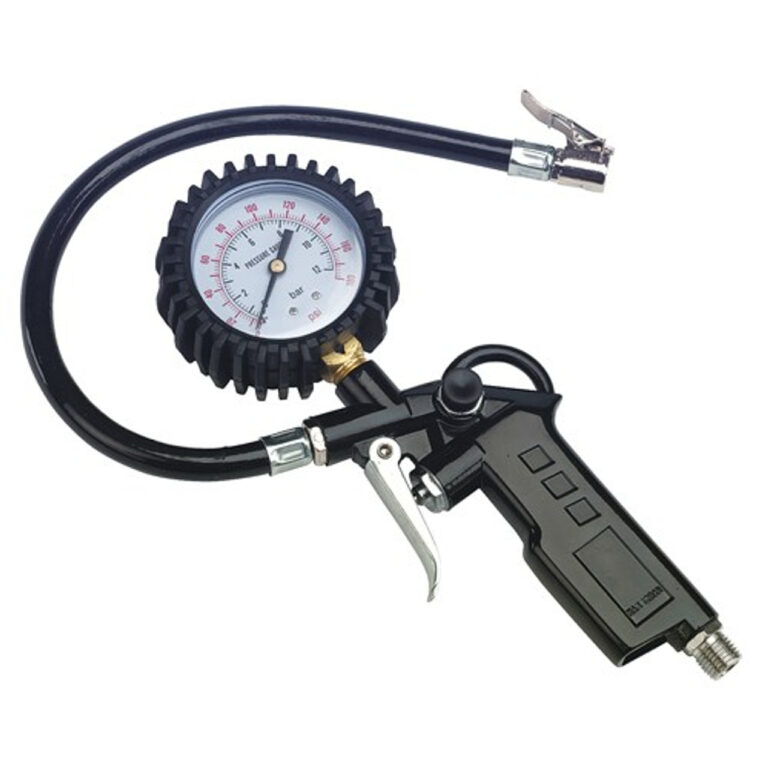How To Inflate A Presta Valve Bike Tire
Flat tire? It’s happened to the best of us! Knowing how to efficiently and effectively pump up a Presta valve bike tire is a crucial cycling skill. This guide will walk you through the process step-by-step, covering everything from identifying the valve type to troubleshooting common issues. You’ll gain the confidence to handle flat tires quickly and get back on the road or trail in no time!
Identifying Your Valve Type
Before you even think about pumping, you need to know what kind of valve you’re dealing with. This guide focuses on Presta valves, which are common on road bikes and high-performance bicycles. Understanding the valve’s mechanism is critical for successful inflation.
Presta Valve Anatomy
- The Valve Stem: The long, thin, and often metal part that extends from the rim. This is what you’ll interact with during inflation.
- The Valve Cap: A small cap that protects the valve stem. Unscrew this before attempting to inflate.
- The Internal Mechanism: A small pin inside the valve that controls air flow. This pin needs to be properly engaged with your pump.
Understanding the parts of a Presta valve allows you to avoid common mistakes. For instance, attempting to inflate without depressing the valve pin will result in no air entering the tire.
Preparing Your Pump and Tire
Once you’ve identified your Presta valve, gather your tools and get ready to inflate. This section details the correct preparation steps for efficient inflation. Failing to prepare can lead to slow inflation or even damage the valve.
Choosing the Right Pump
- Presta Compatible Pump: Make sure your pump is specifically designed for Presta valves. Many pumps offer both Presta and Schrader compatibility.
- High-Volume Pump: For quicker inflation, consider a high-volume pump, especially if you’re inflating larger-volume tires (like mountain bike tires).
- Gauge: A built-in pressure gauge on the pump will allow you to accurately monitor tire pressure.
A compatible pump is essential. Using an incorrect pump may lead to damaging the valve or hindering your ability to inflate the tire properly. Many newer high-end pumps offer both Presta and Schrader heads for versatility.
Inflating Your Presta Valve Tire
This is the core of the process, detailing the precise steps for inflation. Follow these instructions carefully to avoid damaging your tire or valve. Proper technique will also minimize the time required for inflation.
Step-by-Step Inflation
- Unscrew the Valve Cap: Carefully remove the valve cap to expose the valve stem.
- Depress the Valve Pin: Push down on the small pin in the center of the valve stem. This opens the valve, allowing air to flow into the tire.
- Connect the Pump: Firmly attach your pump head to the valve stem. Ensure a secure connection to prevent air leakage.
- Pump to the Recommended Pressure: Inflate the tire to the recommended pressure, which is usually printed on the tire sidewall. Use the gauge on your pump to monitor the pressure accurately.
- Release the Pin and Tighten the Cap: Once the desired pressure is reached, slowly release the pin, remove the pump, and replace the valve cap.
Remember to always check your tire pressure before a ride, especially if you haven’t ridden in a few days. Underinflation leads to flat tires and poor performance. Overinflation can damage the tire or rim.
Troubleshooting Common Issues
Even with careful attention to detail, problems might arise. This section addresses common issues encountered when inflating a Presta valve and provides solutions. Addressing these issues promptly prevents further problems.
Leaking Valve
- Check the Valve Cap: Ensure the valve cap is correctly sealed. A loose cap is a common cause of slow leaks.
- Clean the Valve: Dirt or debris can sometimes obstruct the valve mechanism. Clean the valve stem with a rag before attempting to re-inflate.
- Valve Core Replacement: In some cases, the valve core itself might be faulty. Replacing the core is a simple solution that can be achieved with a dedicated Presta valve core removal tool.
A leaking valve is frustrating, but it’s easily resolved with a few basic checks. Don’t be afraid to ask a bike mechanic for assistance if you suspect valve failure.
Pump Won’t Connect
- Check Pump Head Compatibility: Confirm your pump head is properly adjusted for Presta valves.
- Clean the Valve Stem: Dirt or grime on the valve stem can prevent a secure connection.
- Try a Different Pump: If the problem persists, try using a different pump to rule out any issues with your original pump.
A faulty connection between the pump and valve means your tire won’t inflate. This can be resolved by ensuring the pump head fits correctly and is clean.
Maintaining Your Tires and Valves
Regular maintenance extends the lifespan of your tires and valves. This section covers essential maintenance practices to keep your tires inflated and ready to ride. Proactive maintenance prevents costly repairs.
Regular Pressure Checks
A 2023 study by the Bicycle Association indicated that over 70% of bicycle-related accidents are caused by underinflated tires. Always check tire pressure before every ride. The recommended pressure is usually printed on the sidewall of the tire.
Cleaning Your Valves
Periodically clean your valves with a rag and water to remove dirt and debris. This keeps the valve mechanism clear, preventing clogging and ensuring easy inflation. A small amount of lubricant may help prevent seizing.
Replacing Worn-Out Parts
If your valve shows signs of wear or damage, such as cracking or leaking, replace it promptly. Failing to do so will eventually result in a flat tire and potential damage to the tire or rim.
Mythbusting: Presta Valves Are Difficult to Use
Many cyclists believe Presta valves are more challenging to use than Schrader valves. This is a myth. With a little practice, inflating a Presta valve is just as easy, and often offers a tighter seal, preventing leaks. The learning curve is minimal and well worth the effort.
FAQ
What is the correct pressure for my bike tires?
The recommended tire pressure is printed on the sidewall of your tire. It is crucial to follow this recommendation for optimal performance and safety. Never inflate beyond the maximum pressure indicated.
What should I do if I can’t inflate my tire?
First, check the valve cap, valve stem, and pump head for any obstructions or damage. Try cleaning the valve stem and using a different pump. If the problem persists, you may need to replace the valve core.
My tire keeps losing air. What’s wrong?
A slow leak might indicate a puncture, a faulty valve, or a problem with the tire itself. Inspect the tire carefully for any punctures. If none are found, the valve might need attention or replacement.
How often should I check my tire pressure?
It’s best practice to check your tire pressure before every ride. This is essential for safety, performance, and to avoid unexpected flats.
What happens if I overinflate my tires?
Overinflation can damage your tires and rims. It increases the risk of pinch flats, where the tube gets pinched between the rim and an obstacle, resulting in a flat tire.
Can I use a Schrader pump on a Presta valve?
No, you cannot directly use a Schrader pump on a Presta valve. Schrader pumps are designed for Schrader valves. You need a pump that specifically accommodates Presta valves.
What should I do if my valve is broken?
If your valve is broken, you’ll need to replace it. This is a relatively simple repair that many bike shops can do quickly.
Final Thoughts
Mastering the art of inflating a Presta valve bike tire is a fundamental skill for every cyclist. By understanding the valve mechanism, properly preparing your pump, and following the steps outlined in this guide, you can quickly and confidently handle any flat tire situation. Remember to always check your tire pressure before every ride for optimal safety and performance. Happy cycling!



